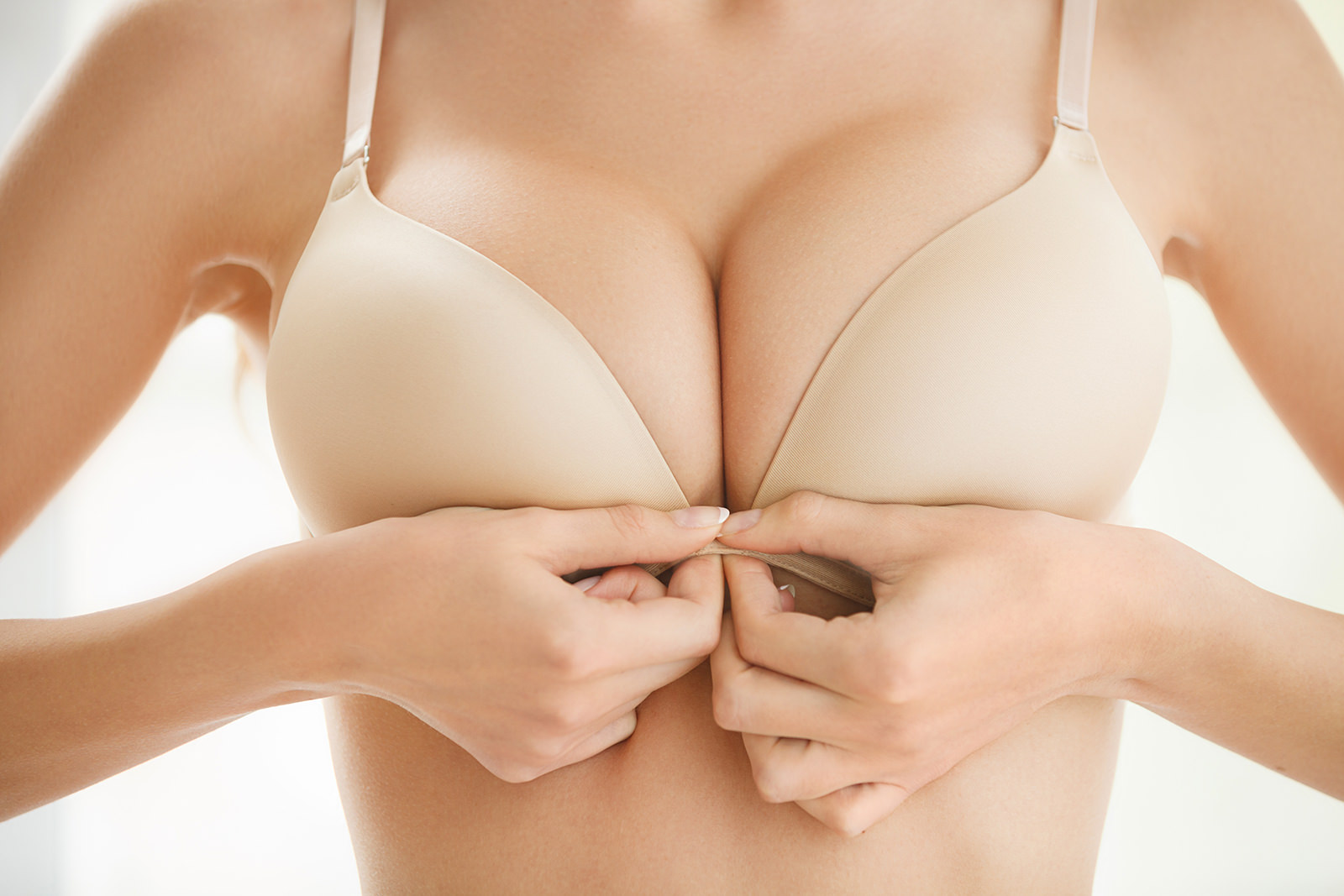Breast Fat Grafting

Fat transfer to the breasts, also known as “fat grafting”, is a surgical procedure that involves transferring fat from an area of the body to the breasts to improve their size and shape. Fat grafting is a relatively new procedure, but it has gained popularity recently as a safe, natural alternative to breast implants.
One of the main advantages of fat grafting is that it uses the patient’s fat rather than synthetic materials such as silicone or saline. This reduces the risk of complications and allergic reactions, as the body is less likely to reject its tissue. Fat grafting also delivers natural-looking results, as the transferred fat integrates with the surrounding tissue and adapts to the shape and movement of the breasts.
Fat grafting is generally performed using a minimally invasive technique called “liposuction”. Liposuction involves using a thin, hollow tube called a cannula, inserted through a small incision in the skin—the cannula suctions excess fat from the donor area, such as the abdomen, thighs or buttocks. The fat is processed and purified before being injected into the breasts using a small needle.
The procedure generally lasts several hours and is performed under local anaesthetic, with the patient awake and alert throughout. Recovery from fat grafting is usually faster and less painful than recovery from breast implant surgery, with most patients able to return to normal activities within a few days.
Fat grafting does, however, have certain limitations. The procedure may be unsuitable for patients with insufficient fat reserves or who are considerably overweight. In addition, the results of fat grafting may not be as spectacular as those obtained with breast implants, and several treatment sessions may be required to achieve the desired effect.
Despite these limitations, fat grafting has established itself as a safe and effective alternative to breast implants, with high patient satisfaction rates and low complication rates. A review of the scientific literature showed that fat grafting to the breast was associated with high patient satisfaction, good aesthetic results and low complication rates.
In conclusion, fat grafting is a safe and natural alternative to breast implants, offering many of the same benefits with fewer risks and complications. The procedure involves transferring the patient’s fat to the breasts, achieving natural-looking results and reducing the risk of complications such as infection, scarring and allergic reactions. Although fat grafting is unsuitable for all patients and does not produce the same spectacular results as breast implants, it is a viable option for those seeking a more natural approach to breast augmentation.
For more information about breast fat grafting, please schedule a consultation with Dr. Jonathan Kanevsky at his Beverly Hills plastic surgery clinic. To book, call 424-222-9352.
- Fodor, Paul B., et al. “Fat Grafting to the Breast Revisited: Safety and Efficacy.” Plastic and Reconstructive Surgery, vol. 118, no. 7, 2006, pp. 1892-1901.
- Del Vecchio, David J., et al. “Fat Grafting to the Breast: A Systematic Review.” Plastic and Reconstructive Surgery, vol. 130, no. 3, 2012, pp. 622-633.
- Ghanem, Emad, et al. “Fat Grafting to the Breast: A Comprehensive Review.” Plastic and Reconstructive Surgery, vol. 138, no. 4, 2016, pp. 576e-588e.
- Ghavamian, Ramin, et al. “Fat Grafting to the Breast: A Review of the Literature.” Aesthetic Plastic Surgery, vol. 41, no. 1, 2017, pp. 75-84.

